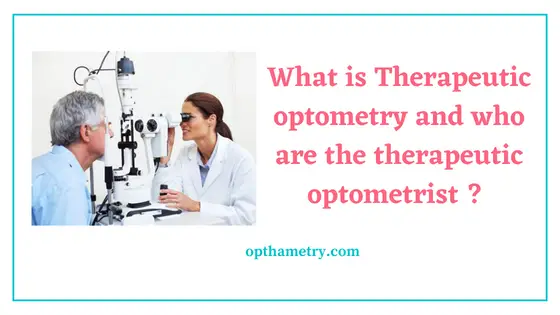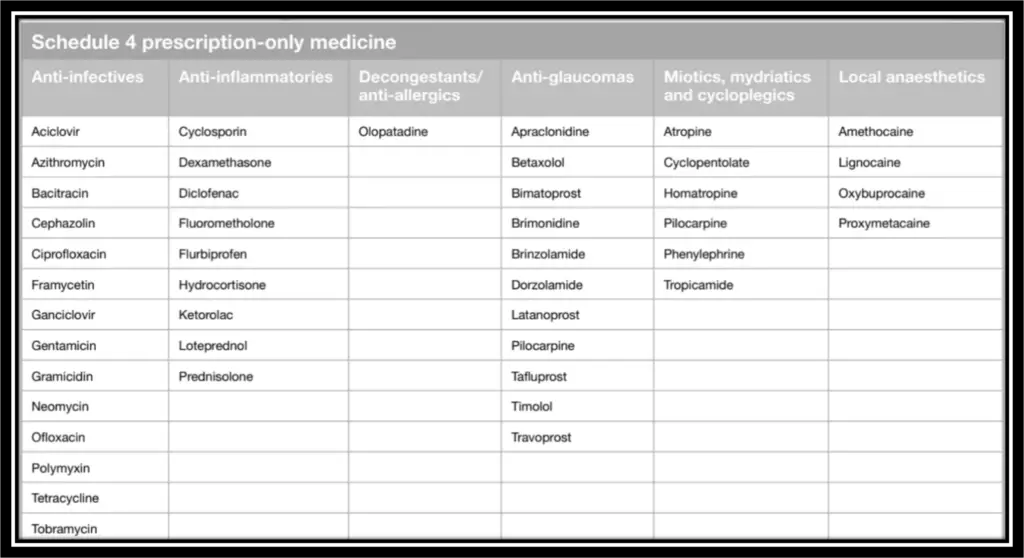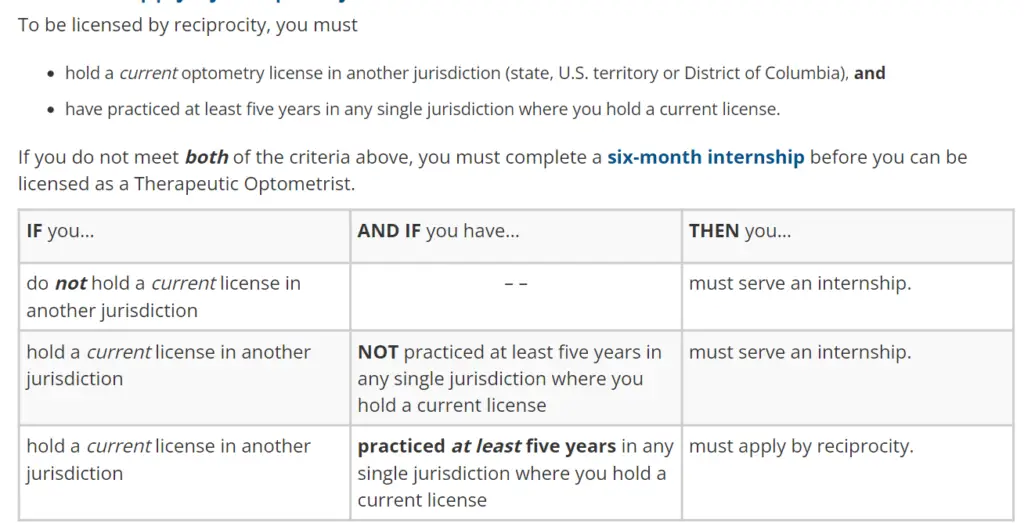What is Therapeutic optometry and who are the therapeutic optometrist ?
Therapeutic optometry is a specialized branch of eye care that focuses on the diagnosis, treatment, and management of ocular diseases and conditions. This article explores the benefits of therapeutic optometry, the treatments offered, the importance of regular therapeutic eye exams, and how it plays a vital role in maintaining good eye health.
Who are therapeutic optometrist?
A therapeutic optometrist is trained and licensed to treat eye diseases and write prescriptions as needed, in addition to ascertaining the need for visual corrections such as glasses, contact lenses and refractive surgery.
They work closely with other healthcare professionals to ensure that their patients receive comprehensive eye care. They may collaborate with ophthalmologists, neurologists, and primary care physicians to develop treatment plans that address the underlying causes of vision problems.
In addition to providing medical care, they also offer preventative services such as routine eye exams and vision screenings. These exams can help detect early signs of eye disease and allow for prompt intervention before more serious complications arise.
Therapeutic optometry focuses on the medical aspects of eye care. It is different from general optometry, which mainly deals with the refractive aspects of eye care, such as correcting nearsightedness, farsightedness, astigmatism, and presbyopia. Therapeutic optometry is also different from vision therapy, which is a type of eye care that aims to improve the visual skills and functions of patients with various vision problems and conditions, such as lazy eye, eye turns, binocular vision dysfunction, learning difficulties, and more.
The Importance of Therapeutic Eye Exams
Regular therapeutic eye exams are essential, even for individuals without apparent eye problems. These exams help identify potential issues early on, allowing for prompt intervention and reducing the risk of permanent vision impairment. A therapeutic eye exam includes detailed assessments of visual acuity, eye health, and the evaluation of any pre-existing conditions. This comprehensive approach ensures that patients receive the most effective and tailored treatments to maintain their eye health.
Development of Therapeutic optometry
According to the American Academy of Ophthalmology, about half of all ophthalmology practices now include an optometrist and nearly all see patients referred by optometrists (ODs).
Traditionally, the practice of optometry was “medicine-free.” Nationwide, between 1971 and 1989, optometrists (ODs) lobbied for, and were granted, the legal authority to use topical medications for diagnostic purposes. A second wave of legislative efforts from 1976 to the present resulted in limited prescriptive authority for optometrists in some states, and the development of “therapeutic optometry.”
Patient situations handled by ODs fall into three categories.
The first category includes those types of care that the legal scope of practice allows optometrists to provide independently (e.g., refraction and prescribing glasses and contact lenses).
In the second category, optometrists with additional types of training and certification may diagnose and treat patients with more complex eye conditions. Depending upon state law, they may be required to consult with an ophthalmologist in certain situations.
Finally, there are patients who need to be referred to an ophthalmologist for diagnosis or management (e.g., patients with cataracts or retinal detachments).
Therapeutic optometrist vs optometrist
Therapeutic optometry involves a range of services dedicated to diagnosing and treating eye conditions. Unlike standard eye exams, therapeutic optometry goes beyond prescribing glasses and contact lenses. Instead, it involves the management of various ocular diseases, such as glaucoma, cataracts, and diabetic retinopathy, through medical treatments and therapies.

Difference in Training :
An Optometrist is one who has studied and passed Optometry and Vision Science from a recognised university. They can recommend non-prescription, over-the-counter eye drops for minor conditions in addition to doing refraction and prescribing you your glasses, contact lens etc.
A therapeutic Optometrist is one who appears an exam by the government and gets licensed to practice in that country. So basically, the therapeutic Optometrist have additional registration with the government. The criteria differs in different country.
In general, a therapeutic Optometrist should have undertaken at least one year additional specialty training, specifically in the diagnosis, treatment and management of eye diseases, including microbiology, pathology and ocular pharmacology and they are required to stay up-to-date with the latest in medical treatments in eye care with mandatory therapeutics-specific continuing education (CPD).
Difference in Scope of practice
Optometrists primarily focus on routine eye exams, prescribing glasses or contact lenses, and detecting and managing common eye conditions like dry eye or glaucoma. Therapeutic optometrists, however, can diagnose and treat a wider range of eye conditions, including infections, injuries, and diseases like macular degeneration.
Therapeutic optometrists also have the ability to prescribe medications for certain eye conditions.
Therapeutic optometry treatment options:
A therapeutic Optometrist can prescribe Schedule 4 prescription-only medicines — more potent and targeted — to treat more serious eye conditions. The following are some of the common eye conditions that a therapeutic optometrist can diagnose and initiate treatment for:
- Dry eye syndrome – moderate and severe
- Bacterial eye infection, e.g. conjunctivitis (‘pink eye’), keratitis
- Viral eye infections, e.g. eye ‘cold sores’
- Eye allergies, e.g. allergic conjunctivitis
- Contact lens-related red eye
- Corneal abrasion and ulcers
- Remove corneal foreign bodies
- Meibomian gland dysfunction (MGD)
- Severe or infected blepharitis (crusty eyelids)
- Eye inflammation, e.g. iritis, uveitis
- Glaucoma (in co-management with an ophthalmologist)
- Treat children with amblyopia (‘lazy eye’) with eye drops
- Control short-sightedness in children with eye drops

How to become a therapeutic optometrist
Therapeutic optometry certification process:
Every country has its optometry license. So ensure you go through the licensing procedure of your state after your 4 years bachelor’s degree in optometry.
However, to get licensed you must have a bachelor’s degree in optometry from an accredited optometry college. You must conclude all the segments of the national board of examiners in the optometry exam.
In some countries, you must be required to pass an additional exam that is related to the processes of eye care.
All therapeutic optometrists must continue to take the selected optometry examinations to ensure that they upgrade their knowledge of eye care procedures and renew their licenses in optometry.
The medical board in each county provides information on licensing requirements.
Look at the criteria required in your state that makes you eligible to apply for the exam,
Fill in the form of your respective country, if any.
For example, If you are in US, you can check this form

Discover more from An Eye Care Blog
Subscribe to get the latest posts sent to your email.

You must be logged in to post a comment.